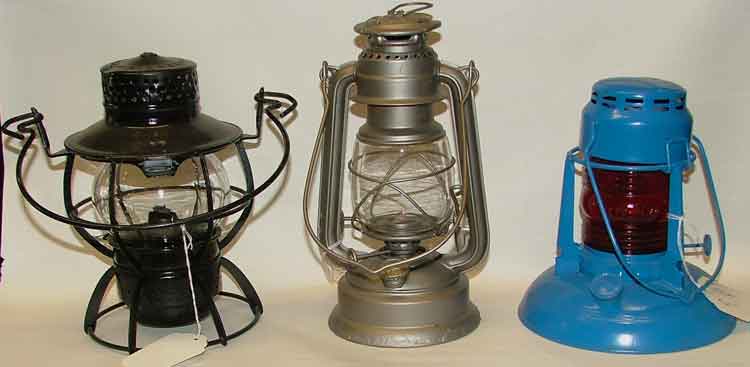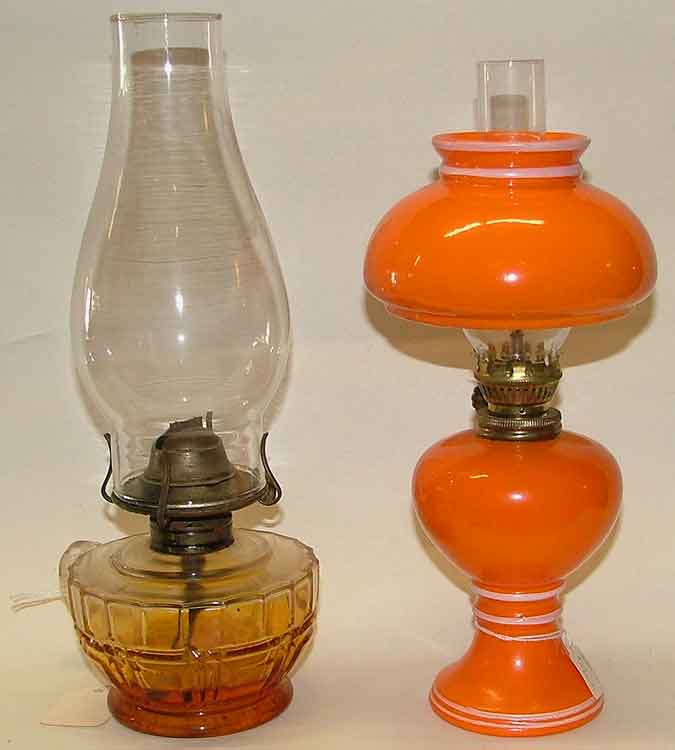When the power goes out, what do YOU do?
The simple oil lamp has a very long history keeping humans safe, working, and comfortable.
After human race first tamed the fire and started to use it as a light source, a need appeared for a smaller, controllable flame – a more sophisticated solution, if you will. First such solution was an oil lamp some 70.000 B.C. Early humans used shells, hollow rocks or any nonflammable material as a container and in it some moss soaked in animal fat which they would ignite and it would burn with a flame. from History of Oil Lamps
Then in Egypt, Greece, and Rome they began to make the lamps out of man-made materials: terracotta, bronze, stone and alabaster in a shape of a dish that would hold oil and a place for a wick that would prolong burning and prevented the whole surface of the oil to catch fire.
That design stayed the same until the 18th century when Aime Argand, Swiss chemist, invented and patented “Argand Lamp”. His lamp consisted of container for oil as all the other lamps but had cylindrical wick to give larger surface for a larger flame and glass tube chimney around the flame to direct the draft, make a stronger flame and make lamp safer for carrying. from History of Oil Lamps
Here’s another great link for more details on Aime Argand, the Swiss chemist.
Then in the mid-19th century, kerosene lamps came on to the scene. We still use them today, mostly for ambiance. But, here at Bahoukas Antique Mall we also believe they have utilitarian value. If you’ve endured a nasty winter storm that kept the power off for days or a hurricane that meant battening down the hatches and surviving days without power, you know the value of a kerosene lamp to help you get through the tough times.
But the ordinary oil lamp also shared in the history of our developing country. A simple oil lamp allowed people to stay up later, to work in their barns and sheds, to read in the evening. They were used for signaling in the railroad industry and to light highways and towns.
On the left is a Pennsylvania Railroad Lantern, 1920s, by Dressel in the U.S.
The middle is a Barn Lantern by Feuerhand of Germany, 1930s.
The Highway Lantern on the right is by Dietz of the U.S., 1930s.
In the days before city lights and GPS, railroad lanterns served a very important purpose: they communicated signals at night between trains and stations. Sometimes, a timely lantern signal meant the difference between life and death. In one romanticized 19th-century story, for example, a 15-year-old girl named Kate Shelley saved the Fast Atlantic Express from a broken bridge by alerting a station agent, whose lantern signal to the train averted disaster. from Collectors Weekly
So even today, one of our lamps might just make a power outage a bit more comfortable as you wait for your electric to come back on. Stop by today and see what we have available – lots of styles and sizes!





